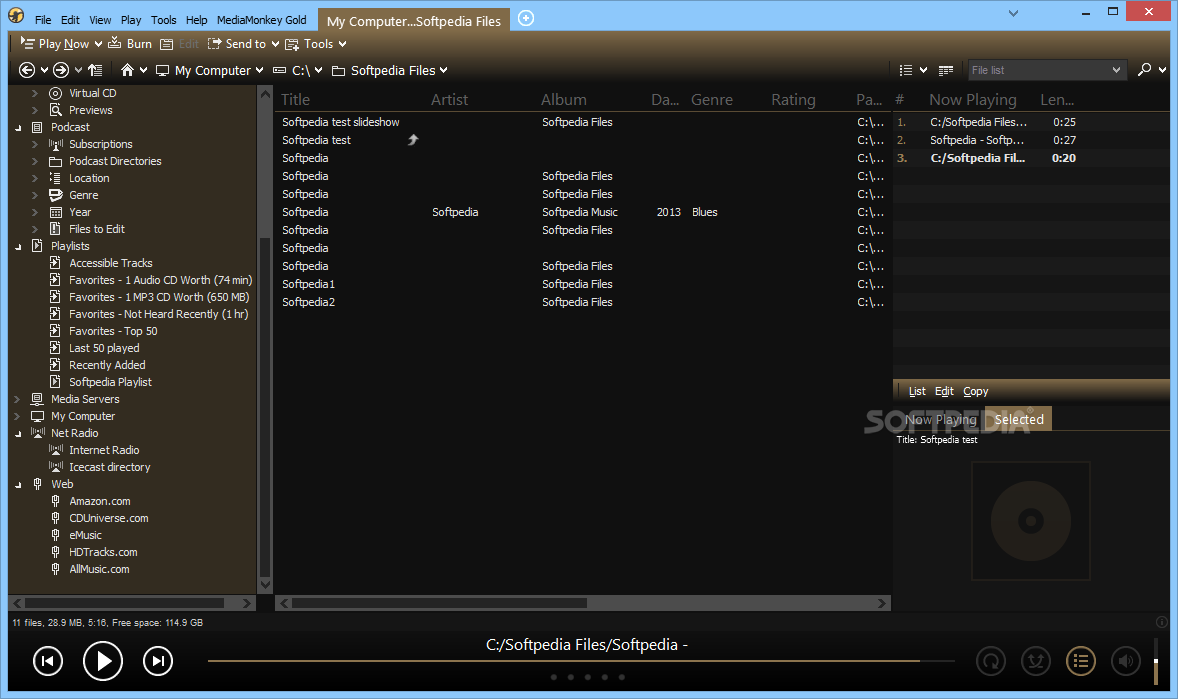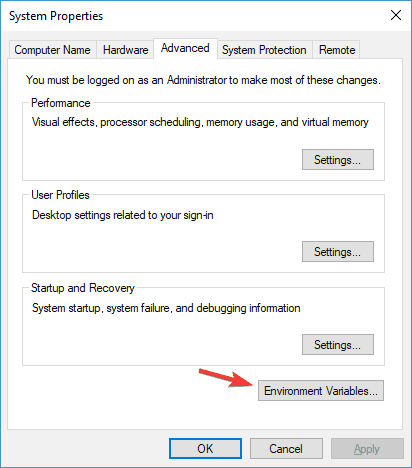Has your PC been affected by windows system32 exe? Do you receive an error stating “Cannot find C:WindowsSystem32System32.exe”, when booting Windows XP or any other version of windows? If yes, then you had been infected by a virus and you have to fix it.
C: WINDOWS SYSTEM32 CONHOST.EXE is a Microsoft file, and it does try to read (among many others) Norton files a few minutes after booting a system. What you see is just Norton's self-protection kicking in an blocking that. C/windows/system32/cmd.exe black window Whenever I boot up my PC a black pop up window appears with the title c/windows/system32/cmd.exe. Eventually it goes away but it slows down my computer. I have AV Protection and Malware installed.
System32 Virus, also referred to as 'Sys32,' is actually a Trojan. The main difference between a virus and a Trojan is that Trojans do not spread themselves. Nevertheless, a Trojan can be very dangerous. A remote hacker can use a Trojan to procure personal information from your computer, such as bank account numbers. X: Windows System32 cmd.exe I feel pretty stupid at this point, but I am not able to get a list of commands for my command prompt while running it from a WIN-PE boot disk. I know cmd.exe probably does not have the full compliment of commands that WIN7 cmd.exe does, but at the minimum the help command should be universal. General Discussion. CMD.exe/Command Prompt Keeps Popping up in Windows 10, How to Stop and Fix It? 'Hi guys, have you ever met this problem that Command Prompt keeps popping up with a black window which shows a pathway: c: windows system32 cmd.exe. I closed the window, but it popped up right away.
What is system32.exe?
Windows system32.exe is a virus. It is said that this virus operates through the P2P file sharing networks like Kazaa and limewire.This virus infects the shell registry of windows. Though it is a medium threat virus, and not very destructive in nature, it can cause some significant damage to your system.Hence, it is always better to get rid of this virus.
But you don’t have to worry as you can always get rid of it by free downloading avast or downloading AVG 8.0 antivirus programs and scanning your C drive, where windows is installed.You can even try running any of your favorite antivirus software.
In-fact, the error “Cannot find C:WindowsSystem32System32.exe” error is thrown after the virus has been removed. But why do you get the error then? The error is most probably because of an incomplete removal of all registry traces of the virus by the antivirus program that you were using.
But you don’t have to worry as your virus file is already removed and you can fix this dubious error notification by updating a registry entry.First, back up the system registry before you start fixing this error.
You can try running one of the free windows registry cleaners including Eusing Registry cleaner . They will usually get rid of stray entries and the errors would then disappear.Alternatively, if you are confident in making the registry update manually, then follow the below mentioned steps to fix this error notification.
- Click Start >> Run, to open the Run dialog box
- Type regedit and press ENTER to open the registry
- Navigate to the following registry key – HKEY_LOCAL_MACHINE >> SOFTWARE >> Microsoft >> Windows NT >> CurrentVersion >> Winlogon
- On the right hand window pane, look for Shell.
- Right click on shell
- select modify
- Delete the existing value and enter Explorer.exe
- Reboot your computer
That is all folks! You should not get the windows system32.exe error again.

Windows System32 Exe
Related Posts
What is lsass.exe?

In Microsoft Windows, the file lsass.exe in the directory c:windowssystem32 or c:winntsystem32 is the Local Security Authority Subsystem Service. It has the file description LSA shell. It is a crucial component of Microsoft Windows security policies, authority domain authentication, and Active Directory management on your computer.
Is this file a spyware, trojan, or virus?
The lsass.exe (L not an i) file included with Microsoft Windows is not spyware, a trojan, or a virus. However, like any file on your computer it can become corrupted by a virus or trojan. Antivirus programs can detect and clean this file if it has become infected. Because this file is part of Microsoft Windows users should never delete or remove this file if they think it is infected, let the antivirus program handle it.
As mentioned in Microsoft Security Bulletin (MS04-11), this file contains known security vulnerabilities. Make sure your computer is up-to-date with all the latest Microsoft Windows updates.
Finally, the files and processes: isass.exe or Isassa.exe (that is a capital 'i' and not an 'l'), lsassa.exe and lsasss.exe are infected files. If you see these files on your computer or listed in the Task Manager processes your computer is infected with the Sasser worm. See steps below for additional information about cleaning the computer from this file.
Is it safe to remove lsass.exe from the Task Manager processes?
No. The lsass.exe is a critical system process that cannot be removed from the Task Manager without causing issues with Windows. When attempting to End Task lsass.exe, you will receive the Unable to Terminate Process window with the following error.

It is normal to receive this error.
Computer restarting because of lsass.exe error

If your computer continuously reboots because of the lsass.exe file or you get an lsass.exe error when changing your password, follow the steps below.
- After booting into Windows, click Start and select Run.
- In the run line, type: shutdown -a and press Enter.
After completing the steps above, continue with the steps below.
- Open your web browser and visit the Microsoft Security Bulletin (MS04-11) for a list of updates to help correct this issue. If you're unable to open any of Microsoft's pages or Windows update pages, skip to the next section.
- After the file is downloaded, double-click the file to install it.
- Make sure your computer has a hardware firewall, such as a NAT router, or software firewall program installed and running. If you do not have a firewall or are not sure and have Windows XP, you can always enable the firewall installed with Windows XP.
C Windows System32 Cmd Exe

- Make sure your computer has all the available Windows updates.
- Finally, make sure you have an antivirus program installed on the computer and that it is up-to-date.
If you need to reboot the computer because of updates that were installed on your computer, it's ok to reboot the computer. However, you may need to run shutdown -a again to prevent the computer from automatically restarting again.
Hosts file modified
If you're unable to open any of Microsoft's pages, Windows update pages, or antivirus protection pages, likely the Sasser worm has modified your lmhostshosts file. Follow the steps below to edit and verify this file has not been modified.
- Locate and open the file. Because this file can be in different locations, it's usually easiest to open the Windows search tool and search for lmhosts.sam. Additional information about locating this file is available on our lmhosts definition.
- Once found, edit the file by double-clicking it. If Windows prompts you for which program you'd like to use to open the file, select Notepad or WordPad.
- In the file, make sure no lines are listed that don't begin with a pound (#) and contain microsoft.com, windowsupdate, or any antivirus protection sites, such as Norton or McAfee.
- If the file does list one or more of the sites above, it's likely corrupted. Close the lmhosts.sam file and get back to the Search results window. Once in the window, right-click the lmhosts.sam file, select Rename, and rename the file to lmhosts.ch.
- After the file is renamed, close the find window, click Start, Run, and type: nbtstat -R and press Enter. You should see a brief window appear and disappear. After this is done, complete the above steps.
Additional information
Restore Windows System32 Config System
- See the nbtstat command page for further information on this command.
